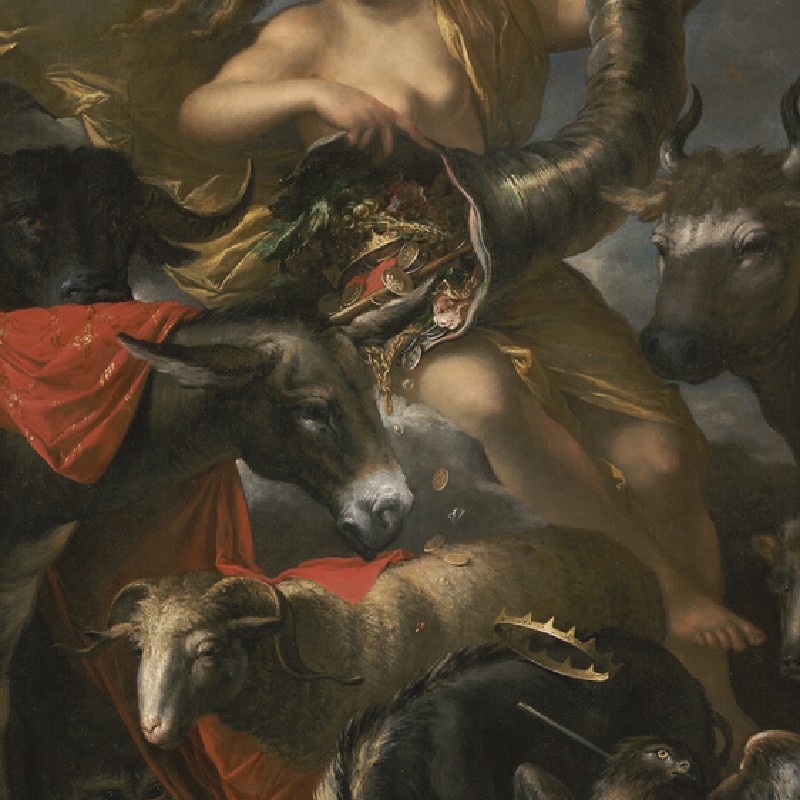
Pompeo Batoni
Pompeo Batoni became an internationally recognized (and decently wealthy) artist in the 18th century; most of his commissions came from wealthy Europeans touring Italy and Rome. These socialites and nobles then displayed his work throughout Europe’s extravagant manners and chateaus, and Batoni became a trendy option for the rich and well-connected to commission. Batoni eventually painted portraits of the kings and queens of Poland, Russia, Portugal, and Prussia, as well as three Popes. A precursor to Neoclassicism, Batoni took cues from Renaissance masters (particularly Raphael), the French Rococo movement, and Greek and Roman classical antiquity). He often placed involved backgrounds in his portraits that included ancient texts, Greek sculptures, ornate furniture, and stunning landscapes. This resulted in portraits that made the sitter look smart and educated in ancient humanities, worldly (as they traveled to the site of the Renaissance), and trendy (as they were portrayed with the carefree attitude and extravagance of the Rococo). While some sources describe Batoni as a great influence on Anton Raphael Mengs—whose work is more internal and philosophical than ostentatious and obvious—other sources describe their relationship as a rivalry. Whatever the elusive truth, the two clearly played important roles in each other’s life and work.
Related artists

Anton Raphael Mengs
German, 1728–1779
Salvator Rosa
Italian, 1615–1673